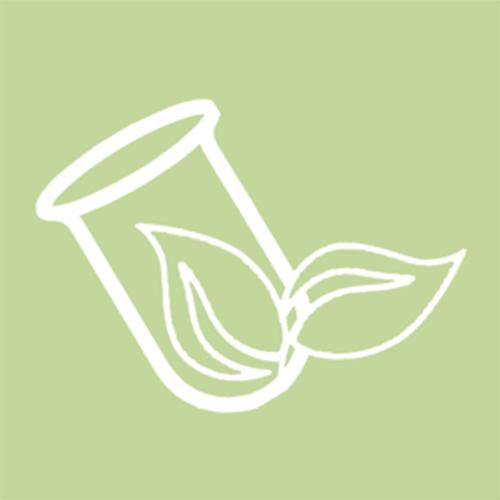Ecohydrology as Nature-based solution for a Tropical River basin in Central Brazil
Description
Location

Sketch
Information about lithology/geochemistry:
Main Description
- The total area of the Upper Araguaia basin is 50,000 km², with a population of around 1 million inhabitants, directly influencing the economy of five Brazilian states, which makes the territory of the Upper Araguaia watershed extremely important. The region has incalculable ecological, tourist, socioeconomic and cultural importance. Species that depend on large native areas to survive, such as the jaguar, have an important environment in the Upper Araguaia to maintain, reproduce and disperse and is considered one of the rivers with the largest fish biodiversity and fish stock in Brazil. The main channel of the Upper Araguaia River and its contributors are an essential source for supplying 25% of the territory of the state of Goiás and 8% of its population, for example. In addition, the ecosystem services of the Cerrado, the predominant biome in the region, are fundamental to produce water to different water users and the environment.
Enhance ecohydrological processes in novel ecosystem
YES
Apply complementary Ecohydrological processes in high impacted system
NO
This table presents the different categories of ecosystem services that ecosystem can provide, divided in:
Provisioning Services are ecosystem services that describe the material or energy outputs from ecosystems. They include food, water and other resources.
Regulating Services are the services that ecosystems provide by acting as regulators eg. regulating the quality of air and soil or by providing flood and disease control.
Ecosystem services "that are necessary for the production of all other ecosystem services". These include services such as nutrient recycling, primary production and soil formation.
Cultural Services corresponds nonmaterial benefits people obtain from ecosystems through spiritual enrichment, cognitive development, reflection, recreation, and aesthetic experiences.
EH Principles
Quantification of the hydrological processes at catchment scale and mapping the impacts
Ecological engineering (integration, dual regulation and biotechnologies in catchment scale for enhancement of ecological potential)
ECOHYDROLOGY ENGINEERING SOLUTIONS
The creation of ecological corridors helps to maintain favorable conditions for the protection and reproduction of fauna in the Upper Araguaia basin. The protection of natural habitats with the recomposition of native vegetation in strategic biologic corridors creates conditions for the reproduction and movement of animals and birds, also improving water quantity and quality for the native fish.
 Faunatechnology
Faunatechnology
The increase of infiltration and groundwater recharge in the restored riparian areas, as well as the runoff retention by the terraces and infiltration ponds create the necessary conditions for the improvement of river baseflow, and consequently increase the environmental flow during the dry season, particularly in upstream areas of the Demo Site, where springs exist.
 Hydrological Flow
Hydrological Flow
Ecohydrological infrastructures include the restoration of riparian vegetation, the construction of retention terraces and ponds, the improvement of soil fertility and infiltration of priority areas, previously selected by modeling, yielding the best returns of the restoration effort.
 Ecohydrological Infrastructure
Ecohydrological Infrastructure
With the reforestation of important areas for water recharge, the Together for Araguaia Program has been helping in the infiltration and supply of groundwater and in the protection of the surroundings of the main springs in the region of the Upper Araguaia Hydrographic Basin. This action helps in the full recovery of the local ecosystem and encourages the return of fauna, as there is forest recovery with native species endemic to the territory.
 Phytotechnology
Phytotechnology
Major Issues








 Which: The absence of an adequate sewage treatment is another threat for the hydrographic basin of Upper Araguaia.
Which: The absence of an adequate sewage treatment is another threat for the hydrographic basin of Upper Araguaia.


Expected Outcomes
90 farms participate in the Project, with more than 120,000 native tree seedlings planted in the basin in 330 hectares
50 km of fences have already been built
8,000 people have been mobilized in 28 municipalities
Latest Results
Contacts
Sérgio Nésio
- sergio.nesio@institutoespinhaco.org.br
- Instituto Espinhaço
Social ecohydrological system
EH Objectives
EH Methodology
Catchment Ecohydrological sub-system
Objectives
Stakeholders
Catchment Sociological sub-system
Activities